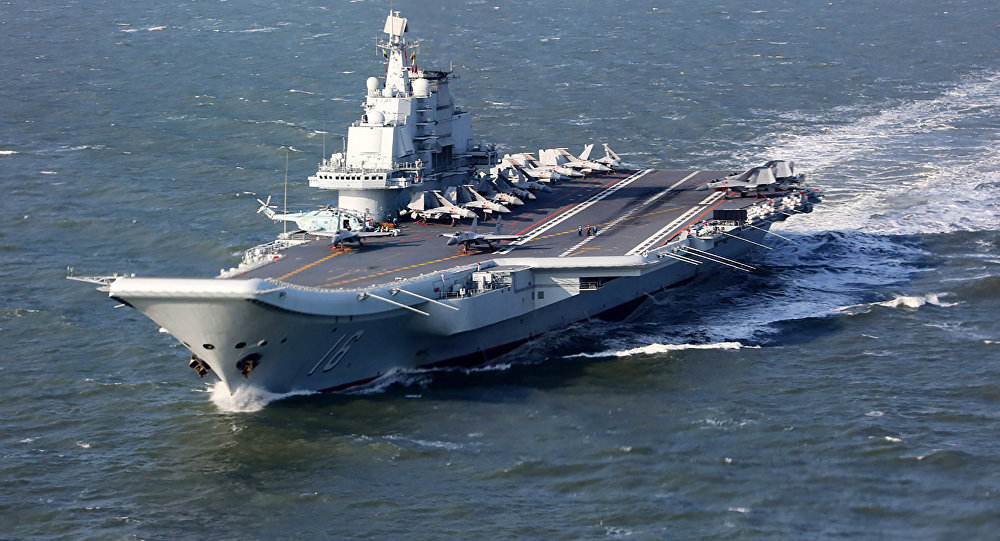27Views 18Comments

China preparing to launch first indigenously built aircraft carrier
The People’s Liberation Army Navy (PLAN) is preparing to launch its first indigenously built – and second – aircraft carrier, with a ceremony marking the ship’s floating off its dry dock.
The PLAN’s current carrier, the Liaoning, is the refurbished Kuznetsov-class carrier Varyag, which China acquired in a partially complete form in the late 1990s via privately-owned Hong Kong-based business. China received the Varyag in 2002 and began completing and fitting the ship from the mid-to-late 2000s.
Although the new carrier retains the Liaoning’s core design elements, such as using a ski-jump for short take-off but arrested recovery (STOBAR), Chinese news outlets believe that it will carry more aircraft – up to 36 (i.e. by 50% more) by some estimates. Chinese analysts, such as Liang Fang (via Nikkei), believe the cumulative capabilities of the new carrier are “vastly superior” compared to the Liaoning.
The PLAN declared the Liaoning as ‘combat ready’ in November, though analysts (via Defense News) believe the Liaoning and the second carrier will be used for primarily training and acclimation for carrier operations. China is expected to make aircraft carriers a core aspect of its naval strategy, and analysts expect that Beijing will continue building carriers, likely with iterative improvements in terms of design and systems with each successive ship. Catapult-based carriers appear to be on the PLAN’s roadmap.
The Shenyang Aircraft Corporation (SAC) J-15 and Changhe Aircraft Industries Corporation (CAIC) Z-18 are to be the PLAN’s mainstay carrier-borne aircraft. The Z-18 has been built in anti-submarine warfare (ASW) and airborne early warning (AEW) variants.
Notes & Comments:
While aircraft carriers are typically seen as global power-projection assets, analysts – such as Vasily Kashin (via Sputnik News) – believe that China’s aircraft carriers will be used to support Beijing’s regional security goals. China’s primary security objective is to safeguard its interests in the South China Sea, East China Sea and Yellow Sea against regional contenders, such as the U.S. China’s aim is to defend its trade, access to natural resources, and build a buffer against perceived U.S. encroachment.


